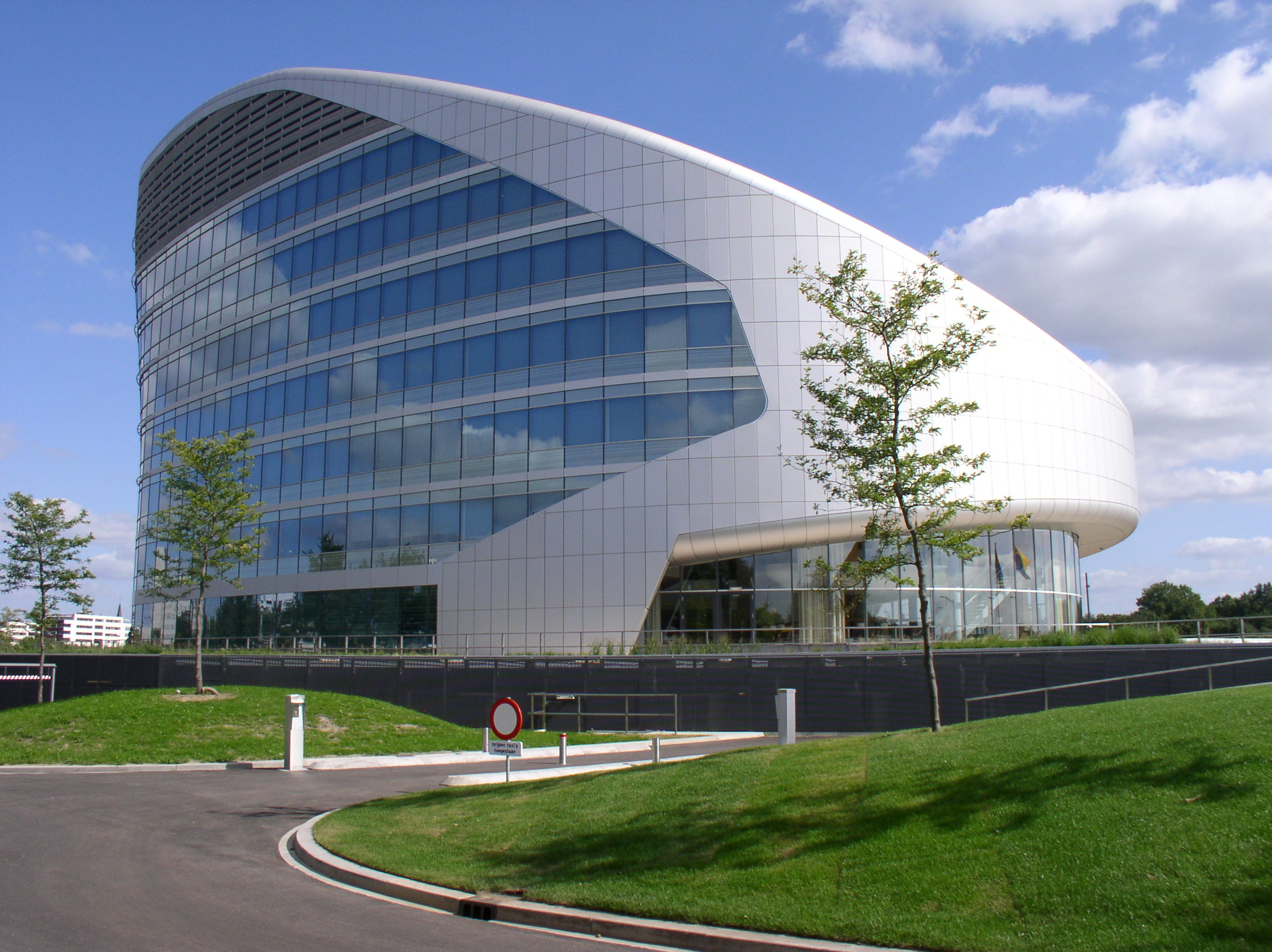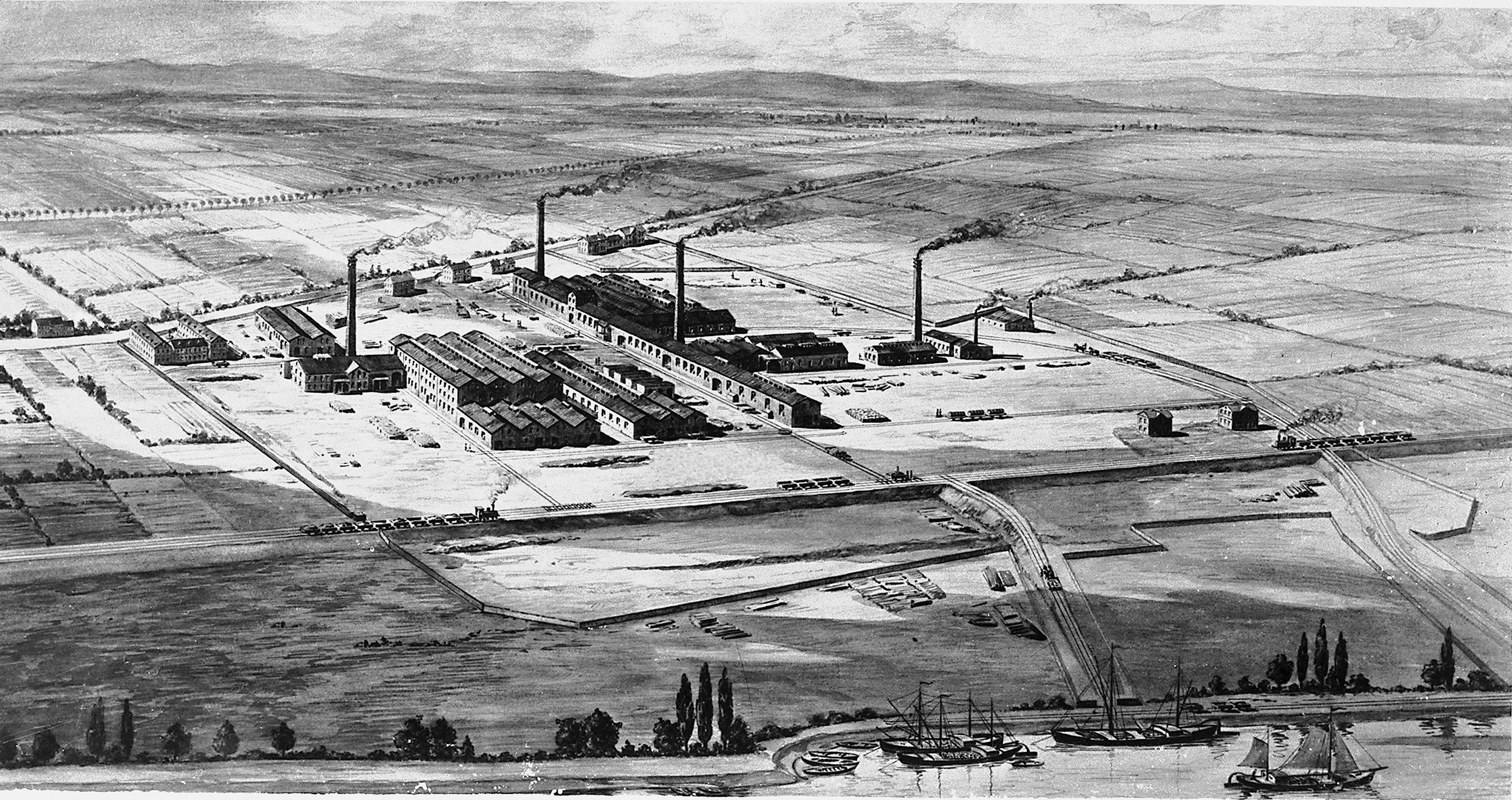|
Polybutylene Terephthalate
Polybutylene terephthalate (PBT) is a thermoplastic engineering polymer that is used as an insulator in the electrical and electronics industries. It is a thermoplastic (semi-)crystalline polymer, and a type of polyester. PBT resists solvents, shrinks very little during forming, is mechanically strong, is heat-resistant up to (or with glass-fibre reinforcement), and can be treated with flame retardants to make it noncombustible. It was developed by Britain's Imperial Chemical Industries (ICI). PBT is closely related to other thermoplastic polyesters. Compared to PET ( polyethylene terephthalate), PBT has slightly lower strength and rigidity, slightly better impact resistance, and a slightly lower glass transition temperature. PBT and PET are sensitive to hot water above (140 °F). PBT and PET need UV protection if used outdoors, and most grades of these polyesters are flammable, although additives can be used to improve both UV and flammability properties. PBT is produ ... [...More Info...] [...Related Items...] OR: [Wikipedia] [Google] [Baidu] |
Lycra
Spandex, Lycra, or elastane is a synthetic fiber known for its exceptional elasticity (physics), elasticity. It is a polyether-polyurea copolymer that was invented in 1958 by chemist Joseph Shivers at DuPont. Name The name ''spandex'', which is an anagram of the word "expands", is the preferred name in North America. In continental Europe, it is referred to by variants of ''elastane''. It is primarily known as ''Lycra'' in the UK, Ireland, Portugal, Spain, Latin America, Australia, and New Zealand. Brand names for spandex include Lycra (made by The Lycra Company, previously a division of Invista, DuPont Textiles and Interiors), Elaspan (The Lycra Company), Acepora (Taekwang Group), Creora (Hyosung), INVIYA (Indorama Corporation), ROICA and Dorlastan (Asahi Kasei), Linel (Fillattice), and ESPA (Toyobo). Production Unlike many other synthetic fibers, spandex cannot be melt-processed because the polymer degrades upon melting. Spandex fibers are produced by several Spinning_(p ... [...More Info...] [...Related Items...] OR: [Wikipedia] [Google] [Baidu] |
Plastics
Plastics are a wide range of synthetic or semisynthetic materials composed primarily of polymers. Their defining characteristic, plasticity, allows them to be molded, extruded, or pressed into a diverse range of solid forms. This adaptability, combined with a wide range of other properties such as low weight, durability, flexibility, chemical resistance, low toxicity, and low-cost production, has led to their widespread use around the world. While most plastics are produced from natural gas and petroleum, a growing minority are produced from renewable resources like polylactic acid. Between 1950 and 2017, 9.2 billion metric tons of plastic are estimated to have been made, with more than half of this amount being produced since 2004. In 2023 alone, preliminary figures indicate that over 400 million metric tons of plastic were produced worldwide. If global trends in plastic demand continue, it is projected that annual global plastic production will exceed 1.3 billion tons ... [...More Info...] [...Related Items...] OR: [Wikipedia] [Google] [Baidu] |
Polyesters
Polyester is a category of polymers that contain one or two ester linkages in every repeat unit of their main chain. As a specific material, it most commonly refers to a type called polyethylene terephthalate (PET). Polyesters include some naturally occurring chemicals, such as those found in plants and insects. Natural polyesters and a few synthetic ones are biodegradable, but most synthetic polyesters are not. Synthetic polyesters are used extensively in clothing. Polyester fibers are sometimes spun together with natural fibers to produce a cloth with blended properties. Cotton-polyester blends can be strong, wrinkle- and tear-resistant, and reduce shrinking. Synthetic fibers using polyester have high water, wind, and environmental resistance compared to plant-derived fibers. They are less Fireproofing, fire-resistant and can melt when ignited. Liquid crystalline polyesters are among the first industrially used liquid crystal polymers. They are used for their mechanical propert ... [...More Info...] [...Related Items...] OR: [Wikipedia] [Google] [Baidu] |
Evonik Industries
{{Infobox company , name = Evonik Industries AG , logo = Logo Evonik 2020.svg , image = RellingHaus II, Essen.jpg , image_caption = Evonik's headquarters in Essen, Germany , type = Aktiengesellschaft , traded_as = {{Frankfurt Stock Exchange, EVK MDAX Component , industry = Specialty chemicals , key_people = {{plainlist , * Christian Kullmann {{small, (CEO, Chairman) * Bernd Tönjes (Chairman of the supervisory board) , products = Chemicals , revenue = {{Decrease €15.2 billion (2024){{cite web , url= https://www.evonik.com/en/investor-relations/Reporting.html#tabs-b118b10b7a-item-2d4ab0c2ad-tab , title=Evonik Financial Report 2024 , publisher= Evonik Industries AG , access-date=1 April 2025 , net_income = {{Decrease €222 million (2024) , num_employees = 31,930 (2024) , foundation = {{start date and age, df=yes, 2007 , location = Essen, Germany , homepage = www.evonik.c Evonik Industries AG is a publicly-listed German specialty Chemical substance, chemicals comp ... [...More Info...] [...Related Items...] OR: [Wikipedia] [Google] [Baidu] |
Saudi Basic Industries Corporation
Saudi Basic Industries Corporation (), known as SABIC (), is a Saudi chemical manufacturing company. 70% of SABIC's shares are owned by Saudi Aramco. It is active in petrochemicals, chemicals, industrial polymers and fertilizers. It is the second largest public company in the Middle East and Saudi Arabia as listed in Tadawul. In 2017, SABIC was ranked fourth in the world among chemical companies by Fortune Global 500. By the end of 2018 SABIC was the world's 281st-largest corporation. In 2014, the company had sales revenues of $50.4 billion, profits of $6.7 billion and assets standing at $90.4 billion. It also has been recognized as the world's second most valuable brand in the chemicals industry by Brand Finance in 2021. History SABIC was founded in 1976 by royal decree to convert oil by-products into useful chemicals, polymers, and fertilizers. The first chairman of the company was Ghazi Abdul Rahman Al Gosaibi, the Minister of Industry and Electricity, and the first CEO was ... [...More Info...] [...Related Items...] OR: [Wikipedia] [Google] [Baidu] |
BASF
BASF SE (), an initialism of its original name , is a European Multinational corporation, multinational company and the List of largest chemical producers, largest chemical producer in the world. Its headquarters are located in Ludwigshafen, Germany. BASF comprises subsidiary, subsidiaries and joint ventures in more than 80 countries, operating six integrated production sites and 390 other production sites across Europe, Asia, Australia, the Americas and Africa. BASF has customers in over 190 countries and supplies products to a wide variety of industries. Despite its size and global presence, BASF has received relatively little public attention since it abandoned the manufacture and sale of BASF-branded consumer electronics products in the 1990s. The company began as a dye manufacturer in 1865. Fritz Haber worked with Carl Bosch, one of its employees, to invent the Haber-Bosch, Haber-Bosch process by 1912, after which the company grew rapidly. In 1925, the company merged with ... [...More Info...] [...Related Items...] OR: [Wikipedia] [Google] [Baidu] |
Lanxess
Lanxess AG is a German specialty chemicals company based in Cologne, Germany. It was founded in 2004 after Bayer AG spun off its chemicals division and parts of its polymers business. History The company's roots trace back to 1863, with the founding of Bayer AG. In November 2003, as part of a major restructuring, the Bayer Group decided to spin off a significant portion of its chemical activities, along with approximately one-third of its polymer business, into an independent entity. Lanxess internally established its new structure on 1 July 2004. In November 2004, at an Extraordinary General Meeting of Bayer AG in Essen, over 99 percent of the capital present voted in favor of the spin-off of Lanxess from Bayer. Lanxess AG shares were listed on Germany’s DAX from 24 September 2012 to 21 September 2015, and are currently part of MDAX, a mid-cap index. The company is also listed on the Dow Jones Sustainability Index and FTSE4Good Index. In 2016, the company shifted its focus ... [...More Info...] [...Related Items...] OR: [Wikipedia] [Google] [Baidu] |
DSM (company)
Koninklijke DSM N.V. (Royal DSM, commonly known as DSM, which is the acronym for ''Dutch State Mines''), was a Dutch multinational corporation active in the fields of health, nutrition and materials. Headquartered in Maastricht, at the end of 2017 DSM employed 21,054 people in approximately 50 countries and posted net Sales (accounting), sales of €8.632 billion in 2018 and €9.204 billion in 2021. In May 2023, it merged with the Swiss company Firmenich to form a new entity named DSM-Firmenich, dsm-firmenich. History DSM was formed by the Dutch state in 1902 to coal mine, mine coal reserves in southern Limburg (Netherlands), Limburg and although the company had diversified into commodity chemicals and petrochemicals by 1973, when the last mine closed, DSM retains a link to its origins by continuing to use the initials, originally an abbreviation for Dutch State Mines, to this day. During World War II researchers worked on penicillin. The code name Bacinol was used ... [...More Info...] [...Related Items...] OR: [Wikipedia] [Google] [Baidu] |
Celanese
Celanese Corporation, formerly known as Hoechst Celanese, is an American technology and specialty materials company headquartered in Irving, Texas. It is a Fortune 500 corporation. The company is the world's leading producer of acetic acid, producing about 1.95 million tonnes per year, representing approximately 20% of global production. Celanese is also the world's largest producer of vinyl acetate monomer (VAM). Celanese operates 25 production plants and six research centers in 11 countries, mainly in North America, Europe, and Asia. The company owns and operates the world's three largest acetic acid plants: one in the Clear Lake area of Pasadena, Texas, one on Jurong Island in Singapore, and a third in Nanjing, China. History In 1918, the American Cellulose & Chemical Manufacturing Company (known as Amcelle) was founded in New York City by Swiss chemist Camille Dreyfus. The American Cellulose and Chemical Manufacturing Co. Ltd plant in Cumberland, Maryland, was set ... [...More Info...] [...Related Items...] OR: [Wikipedia] [Google] [Baidu] |
Mitsubishi Chemical Group
is a Japanese company formed in October 2005 from the merger of Mitsubishi Chemical Corporation and Mitsubishi Pharma Corporation. The company is based in Tokyo and is one of the core Mitsubishi companies. History On December 4, 2021, the company announced they would be leaving the commodity chemical businesses by the 2023 fiscal year. The petrochemical and coal-chemical units accounted for $4.8 billion a year in sales and they said the reason for divesting is Japan's shift toward carbon neutrality Global net-zero emissions is reached when greenhouse gas emissions and removals due to human activities are in balance. It is often called simply net zero. ''Emissions'' can refer to all greenhouse gases or only carbon dioxide (). Reaching net ze ... and poor growth potential. References External links * Companies listed on the Tokyo Stock Exchange Companies listed on the Osaka Exchange Companies in the Nikkei 225 Mitsubishi companies Japanese companies establi ... [...More Info...] [...Related Items...] OR: [Wikipedia] [Google] [Baidu] |
Comparative Tracking Index
The Comparative Tracking Index (CTI) is used to measure the electrical breakdown (tracking) properties of an insulating material. Tracking is an electrical breakdown on the ''surface'' of an insulating material wherein an initial exposure to electrical arcing heat carbonizes the material. The carbonized areas are more conductive than the pristine insulator, increasing current flow, resulting in increased heat generation, and eventually the insulation becomes completely conductive. Details A large voltage difference gradually creates a conductive leakage path across the surface of the material by forming a carbonized track. Testing method is specified in IEC standard 60112 and ASTM D3638. To measure the tracking, 50 drops of 0.1% ammonium chloride solution are dropped on the material, and the voltage measured for a 3 mm thickness is considered representative of the material performance. Also term PTI (Proof Tracking Index) is used: it means voltage at which during testing on ... [...More Info...] [...Related Items...] OR: [Wikipedia] [Google] [Baidu] |





